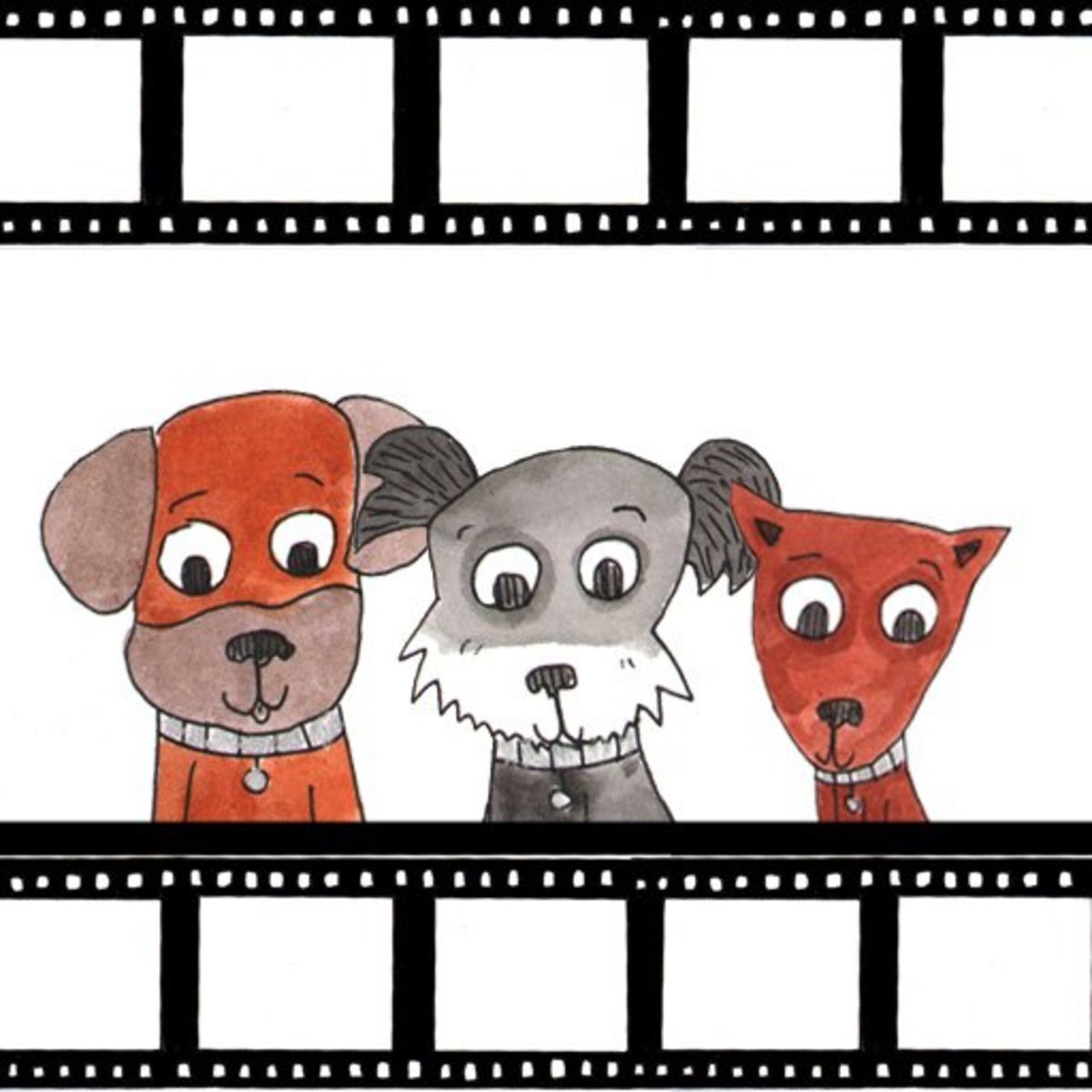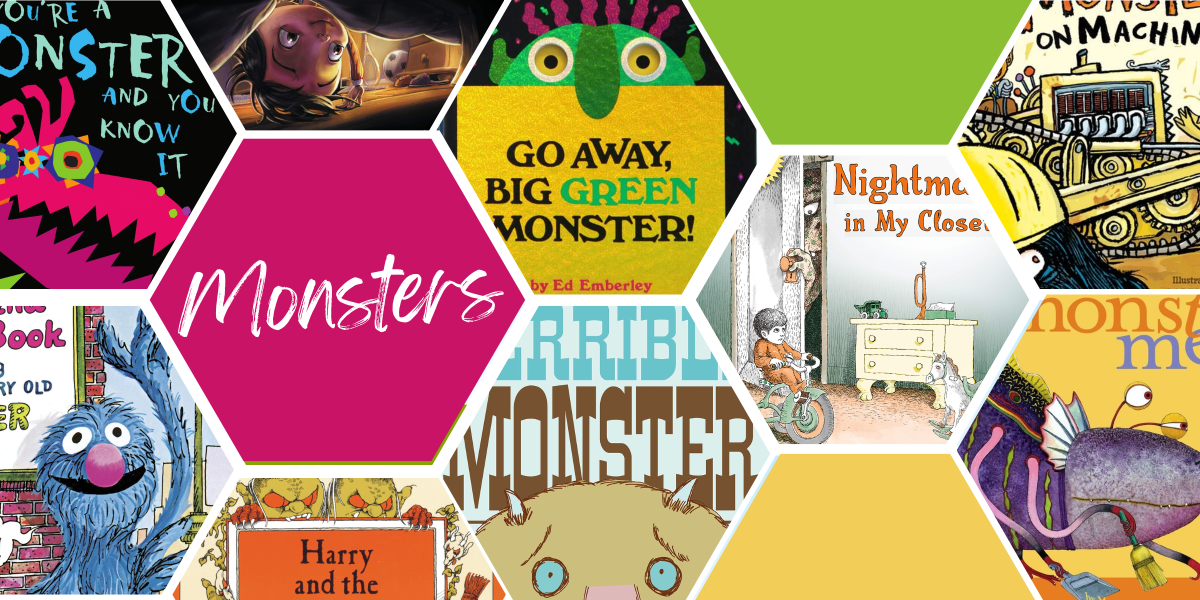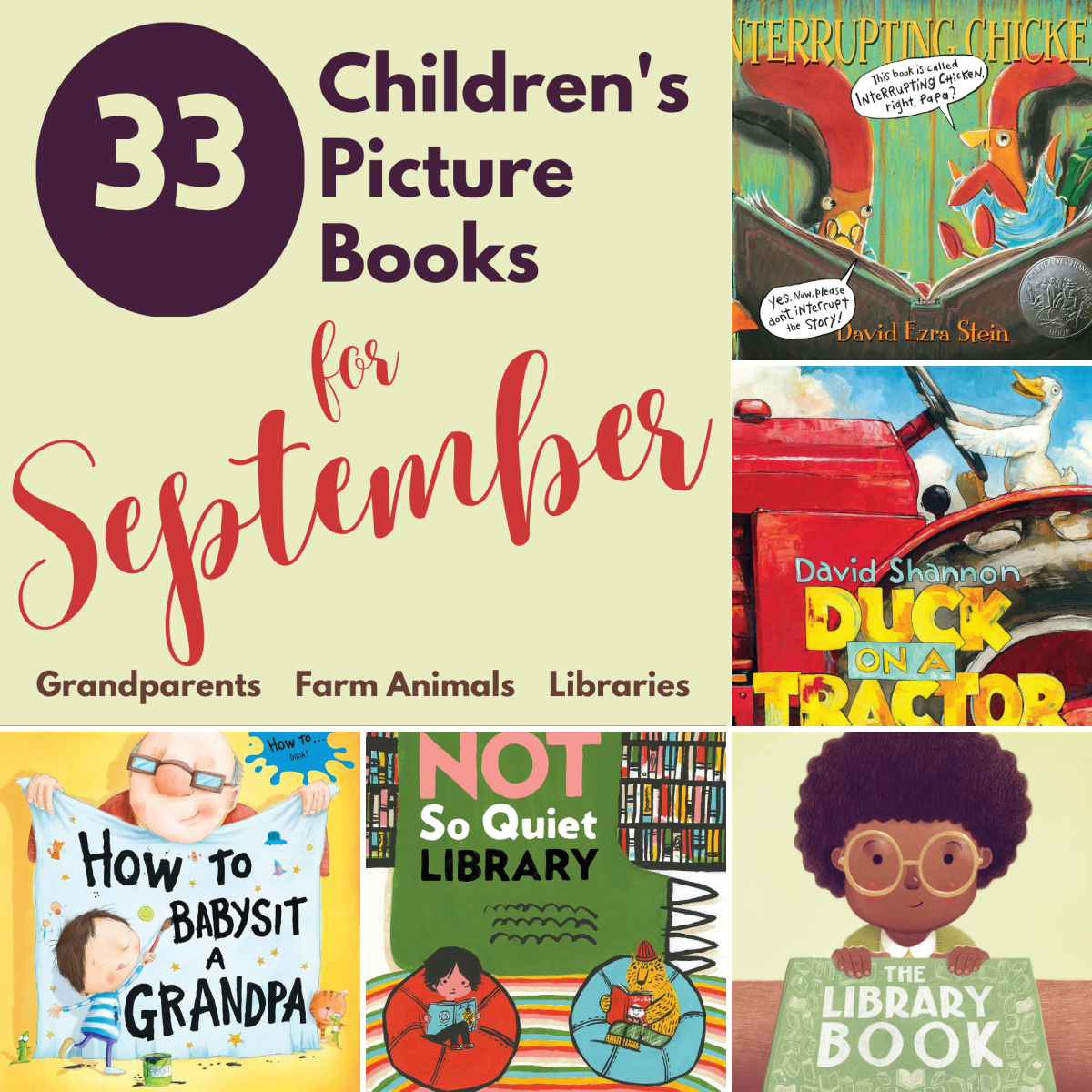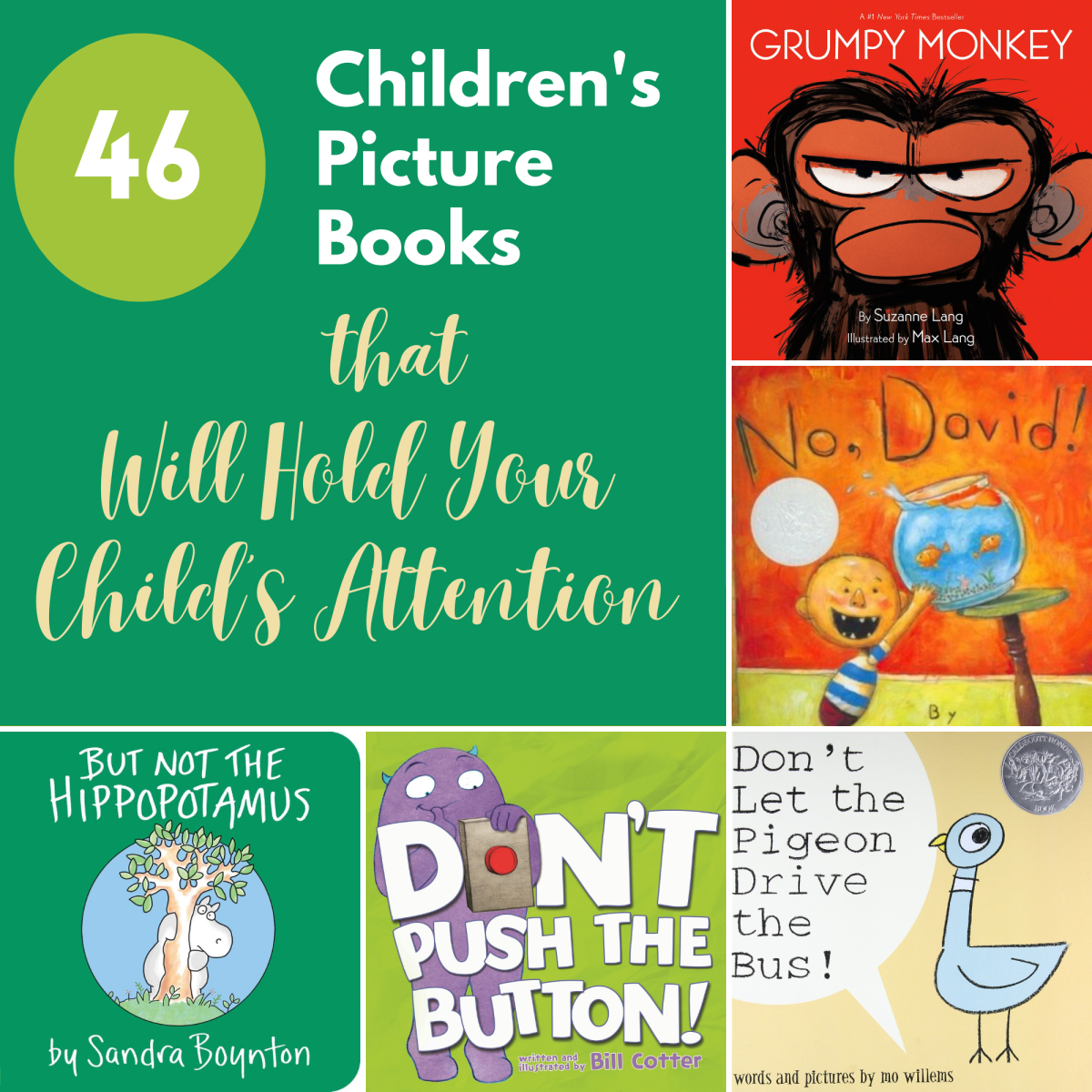How To Create An Impressive Illustrator Portfolio - What Children's Book Publishers Are Looking For
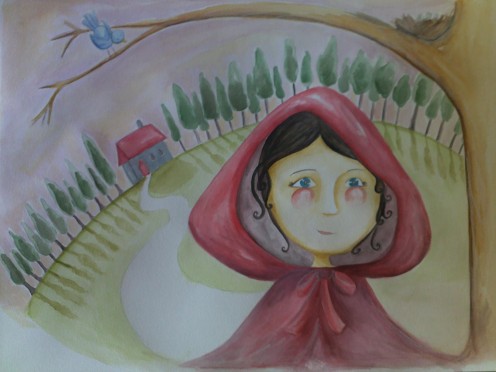
As an aspiring children's book illustrator, I have spent the last five years researching and reviewing countless publisher submission guidelines for both illustrators and authors. The reality is, the children's book publishing market is a very difficult market to crack into, and that being said, as a potential new illustrator, you need to have something unique to offer a publisher.
Your Illustration Portfolio
If you are looking to develop a potfolio geared at children's book illustrations, then here are some tips on the kinds of samples publishers are generally looking for within a good illustration portfolio:
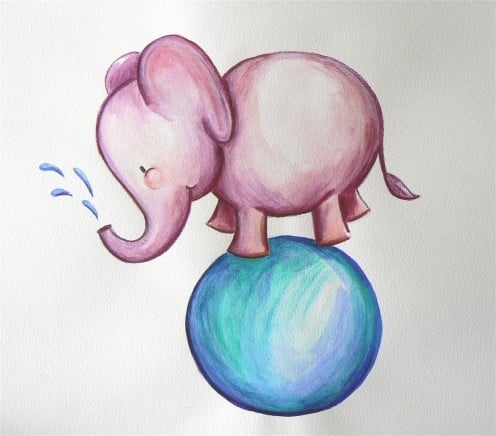
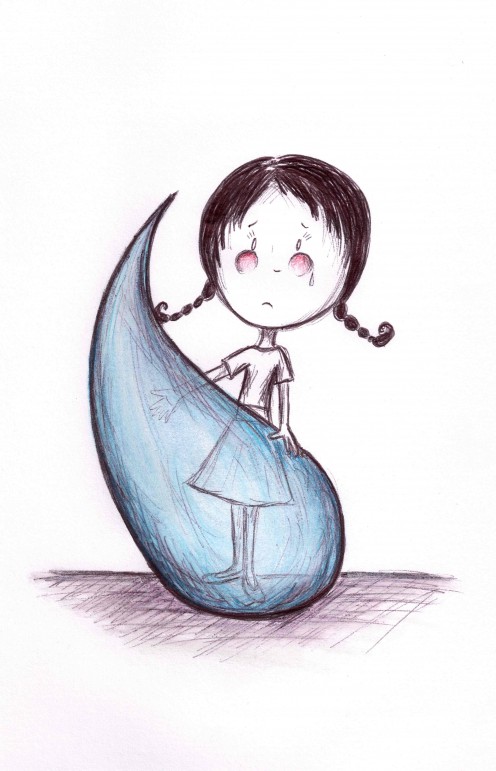


1. Animals
As most children's books involve animals, you need to prove you have a good hold on creating various types of animals. Jungle animals, farm animals and domestic pets are a good place to start as they are always popular in children's books. If you still need more inspiration, go to a good quality book store and have a look at the types of animals you see on the covers. That will be a good basis for deciding what animals to include in your portfolio.
2. People - Children and Adults
Along with animals, children and adults are almost always found a good quality children's picture book. Again, you need to prove you have a strong ability to create a character and maintain that character over various scenes, involved in various actions. This may require you to practice again and again until you get it just right, but if you can nail it, then you have probably succeeded in getting the publisher's attention, as consistency within illustrated characters is exactly what publishers are looking for.
3. Landscapes
Where do you normally find animals and characters in a children's picture book? They may be by the beach, in the jungle, at the shops, in the woods, or even just at home. Make sure you create some landscape samples that cover a variety of environments to prove you can handle whatever the publisher may require of you. On occasion you may come across children's picture books which basically have characters on a white background with minimal landscape around them, however you cannot assume you will always be given an illustrating project where you can avoid the landscape completely. If you are wanting to score that freelance illustrating job or even an in-house illustrator position, you need to show you can create a variety of landscapes that may be suitable for children's books.
4. Fairytales and Nursery Rhymes
As many fairytales and nursery rhymes are reproduced every year by children's book publishers, it is a good idea to show you can capably handle a well known fairytale scene or character. You could always start small with a nursery rhyme such as Twinkle, Twinkle Litte Star. A nursery rhyme such as this leaves more room than you would expect for your own interpretation. Try something unique and different. It might just be exactly what a publisher is looking for. Illustrating a fairytale such as Little Red Riding Hood will give you the opportunity to prove your character development ability too.

Show Your Range - Colour/Black and White
In addition to covering the categories mentioned above, it is a good idea to show you can work well in both black and white as well as colour.
When it comes to black and white, some people prefer to work with lead pencils or charcoals while others are more comfortable with black ink. Whatever you choose to use, stick to it and perfect it. You will most likely find you are drawn to a particular medium. Include samples of this kind of work in your portfolio.
Again, when it comes to colour, ensure you stick to a particular medium, whether it be pencils, acrylics, or oils. What you use will help strengthen your portfolio in the eyes of potential publishers. They want to see a consistent style running through your work. Using the same medium will help you achieve this.

Developing Your Illustrating Style
This is a key element in developing your illustration portfolio. You must have your own unique style. For more information and tips of on developing your own unique illustrating style you can take a look at my previous Hub:
Emerging Illustrator or Artist? How To Discover Your Own Unique Style In 3 Easy Steps
I cannot express how important it is to find your unique style before you put your official illustrator portfolio together. Publishers want to see at a glance that your style is recognisable. If you look around at the children's picture books in a book store or online, you can often recognise the work of particular illustrators. I always find myself picking up books because I can see (at a glance) that it has been illustrated by Alison Lester or Anna Walker (two of my most loved children's book illustrators).
That is why publishers want to see a strongly defined sense of style - because it sells. People will walk into a book store and buy a book based upon the illustrator, without even really reading all the text inside the book. As much as you can't judge a book by it's cover, a cover (which displays the illustrator's name and style) will often sell a book in the end.
Portfolio Presentation
There are 3 ways of presenting your portfolio and ideally, you need to cover all bases with the presentation to prepare for all circumstances.
1. Your Original Portfolio
This is where you will store your best original drawings or paintings. Besides keeping them safe and protected, you may be required to bring some original illustrations with you should you secure an interview with a publisher. Keep only your best in a portable portfolio that will protect your works from the weather. Plastic sleeves within an art portfolio folder are great, however the best ones will have a complete fold over case (like a large manilla folder in style) made from a durable plastic with a handle on top for easy carrying. You may prefer to have an all-in-one portfolio carrying system or a separate folder and case. Whichever way you go, buy quality, as this in an essential investment for any illustrator or artist.
2. Your Tear Sheet or Sample Sheet
This is generally what publishers prefer to see from potential new illustrators. A Tear Sheet is an A4 sheet of paper or card displaying small samples of your illustrations. Again, having a good range of your best work is important here; covering landscapes, animals and people in both colour and black and white. It is a good idea to have all your contact details on the back or at the bottom, so if the publisher decides to keep your work on file for future projects, it will be easy for them to contact you. If you have an online gallery that you update regularly then place this link with the contact information so the publisher can see any new work you may have produced. As children's picture books are generally still produced on paper, how your work looks when printed onto a page, is likely to be closest to how it will look in a picture book. This is why a tear sheet is one of the best ways to submit your portfolio to a publisher.
3. Your Online Portfolio or Gallery
At times you may just be able to email the publisher a link to your online portfolio. I do however recommend hard copy submissions over emailing, as often publishers receive so many unsolicited submissions they are unable to keep up. They may only have the time to browse over emails and not look through your online gallery thoroughly enough to make an informed decision regarding your work. If you have gone to the trouble to create and post the publisher a beautifully designed tear sheet, they will have an instant impression of your work that will then most likely lead them on to access your online portfolio with keen interest.
Your online portfolio should still cover all the areas mentioned above (landscapes, animals, etc) and preferably show a good range of what you are capable of. If you are after an illustrating job for a children's book publisher, you need to remember that sometimes your illustrations will need to say more than what the words can express. They will need to show emotion within the characters that may not be written in the words. As an illustrator you will need to interpret the text yourself, and perhaps work with the writer to convey the message they want to get across. Emotion, expression and feeling is a very important part of a children's picture book. If you can handle this within your artwork then you are on your way to creating a wonderful picture book, and this will shine through your portfolio (whether online or on paper).

Find The Right Publisher For You
Many publishers already employ 'In-House Illustrators' who work for them directly as paid employees and are simply not interested in freelancers or unsolicited submissions. However, if you read each publisher's submission guidelines carefully then you will clearly see which children's book publishers are open to accepting unsolicited work and those that are not. If a publisher clearly states that they do not accept unsolicited work, then save your precious time and money for another publisher - one that welcomes new and fresh work.
Children's Writers' & Artists' Yearbook
The absolute best resource I have found to save you time is the Children's Writers' and Artists' Yearbook. Published by A&C Black every year, with up to date submission guidelines and tips from authors, illustrators and publishers. They often give you the general submission guidelines for each publisher in a short summary, as well as a direct link to the publishers submission page. This saves you searching the internet for available publishers and then having to search through their current book range to see if your work will fit. Knowing which publishers will accept unsolicited work is also very important so you are not waiting for a response that will never come.
If you are interested in finding an agent, this book also gives you good advice about how to approach the best one for you, and the sorts of things they will handle on your behalf. In the end it is up to you whether you decide to use an agent or not. There are many pros and cons for both sides, however you need to be aware that sometimes getting an agent to take you on, can be almost as difficult as going direct to a publisher yourself.
Approaching Your Chosen Publisher
Once you have determined which publishers are the ones for you, the best way to approach them is to post them a brief introductory letter with your CV and tear sheet samples attached. If you have not heard anything within 3 - 6 months then they are unlikely to interested. Some however, may let you know they are keeping your samples on file in case of a future project. If this is the case, you may like to contact them down the track (after at least 6 months) to just remind them of your work.
The bonus to just submitting an illustration portfolio (as opposed to a manuscript) is that you can send your work to multiple publishers all at once. If you find all the publishers you think may accept your work and post out your samples to all of these publishers, you never know, you might just find the right one, who has just the project for you.
You may be lucky enough to organise an interview by phone, however many publishers are very busy these days and choose not to have interviews with illustrators whose work they have not laid eyes on. Generally their submission guidelines for illustrators will make it clear whether or not you can approach a particular publisher in this way.
Tips to remember:
- Always read the publisher's submission guidelines CAREFULLY. They will get very annoyed if you have neglected to read that they do not accept proposals by phone when you call. Check the details of the styles they prefer and what they are looking for currently. This can make all the difference to your submission. They will appreciate you following their guidelines and will be more likely to look at your submission.
- Be patient. Don't harass a publisher within their 3-6 month waiting period. This is likely to write you off with them completely. Definitely do not approach them if they have rejected your work. Try not to take it personally and move on to the next publisher.
- For a publisher who has decided to keep your work on file, send a new tear sheet or postcard sized sample of any new illustrations with your contact details as a reminder, after 6 months or so. It may just arrive at the right time for a current project they are about to start work on.
Don't Give Up!
Most importantly don't give up! Having just completed a communications unit at university on Children's Picture Books and Young Adult Novels, I have been informed that apparently now is the golden age of Children's books. With the introduction of graphic novels, there is now more scope for new illustrators than ever before. I have also heard, through various artists connected with the publishing industry, that many publishing houses are now on the lookout for new talent. They want something different and unique to bring new life to children's picture books and novels.
So if you are passionate about illustrating for children, then get started and don't give up. If you don't have a full portfolio as yet, then work hard until you are happy with it. From there, do your best to get noticed. Get your work out there and keep on trying. Don't give up. You never know. You may just achieve your dream.
As Walt Disney once said, "All our dreams can come true, if we have the courage to pursue them."



